Last updated on February 13, 2024
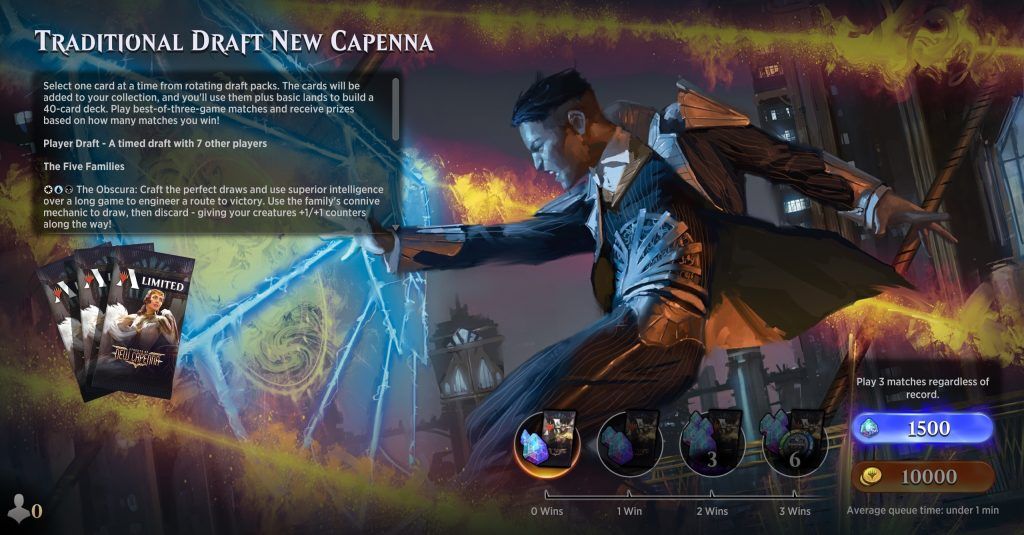
Long before digital collectible card games were a thing, MTG was one of the most commonly known CCGs in the world. Best-of-three (BO3) is how thousands of people around the world have been playing for more than 30 years and almost all matches were played this way, until Arena was released in Magic’s 26th year, and made best-of-one matches popular.
Be it Friday Night Magic, tournaments, or friendly games, the Magic community always opted for BO3 matches instead of stopping after a single victory. The same goes for WotC; they always sided with BO3 and organized almost all their championships with three games per match. But, as with all things, it seems this may be coming to an end.
What is BO1 and BO3 in MTG Arena?
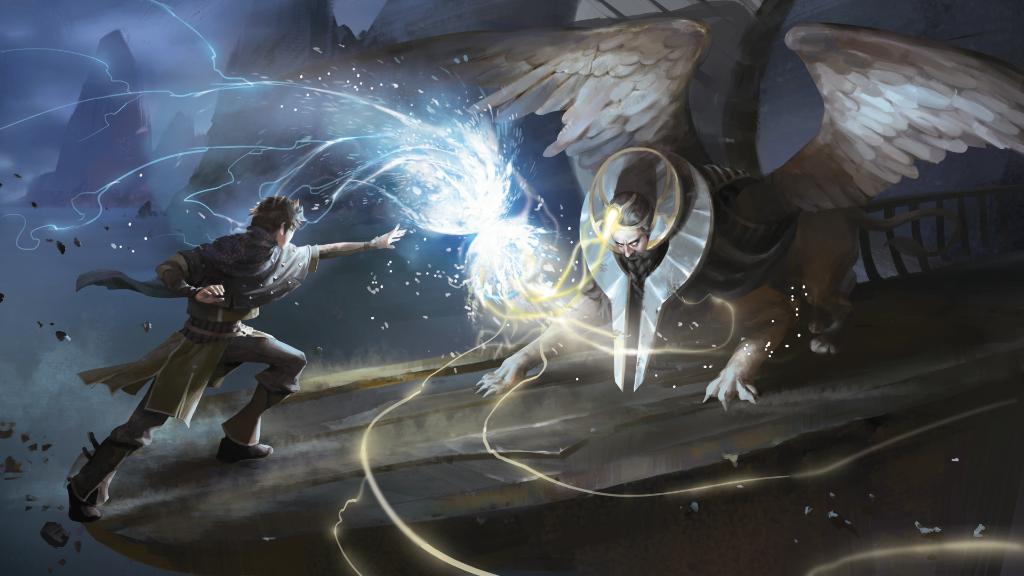
BO1 and BO3 are the match length, whether you want a single game or best of 3. If you’re not familiar with BO3 or traditional play in Magic Arena, here’s a quick rundown before we get too far ahead of ourselves.
In BO3 there are up to three games, or you could think of it as the first player to win two games.
What is sideboarding in MTG BO3?

Sideboarding in BO3 is when each player gets a chance to switch out cards from their sideboard—typically at a 1-to-1 rate into their deck after the first or second games. The goal there is to improve your deck to better counter your opponent’s deck and play style. This changes how you need to approach the game since you need to keep the fact that your opponent has a 15-card sideboard at their disposal (as do you, so it goes both ways) in mind. How your opponent switches things around between games can change their win conditions, how they’ll respond to your play style, and their mana-curve.
What is Best of One (BO1)?
BO1 is a single game with no sideboard involved. The Play queue’s games are best-of-one (BO1), which means you’re matched with an opponent and play a single game before moving on to the next. You get a faster pace if you want to limit the time spent on each game before getting to the next one. Although BO1 existed before Arena, it wasn’t as popular as it is on the digital platform.
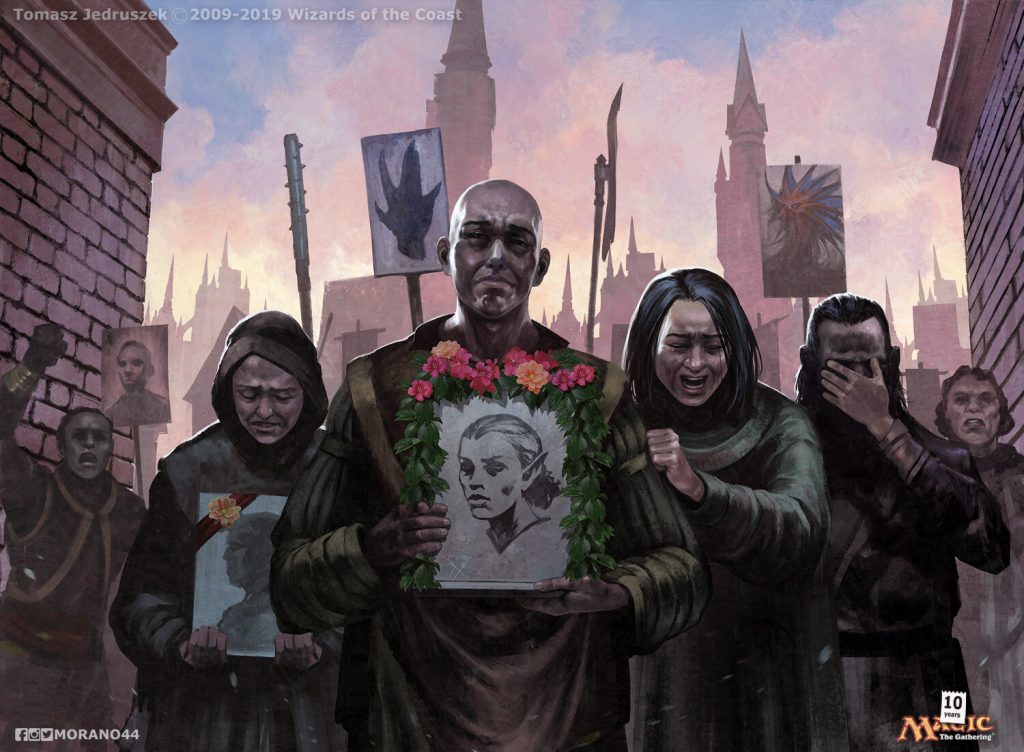
WotC’s State of the Game from December 2018 (when they first added ranked play) shows this best: “Of the over quarter billion games played on MTG Arena since Open Beta, 97% have been in best-of-1 games.” Considering that most old-school MTG players think BO3 is the “proper” way to play “real” Magic, this statistic seems a bit odd.
Either very few old-school players switched over to digital Magic during Arena’s beta and the entire player base consisted of at least newish players, or something else was going on. The answer may be simpler than you think, though.
Players are being steered towards playing single BO1 matches without even noticing it. There are lots of players who want to play a single game and move on, of course, but it’s a bit fishy that traditional game modes are somewhat “hidden.” We’ll dive further into that in just a bit, though.
BO1 vs BO3: Gameplay and Meta
You can play both Historic, Alchemy and Standard formats on MTG Arena as they have their own static non-event queues. If you’re a traditional player, you don’t even have to build a new deck if you want to switch over to BO1. The only difference in term of deck building rules is that you won’t be using your sideboard. Unless you have a card that allows you to go searching, like Fae of Wishes.
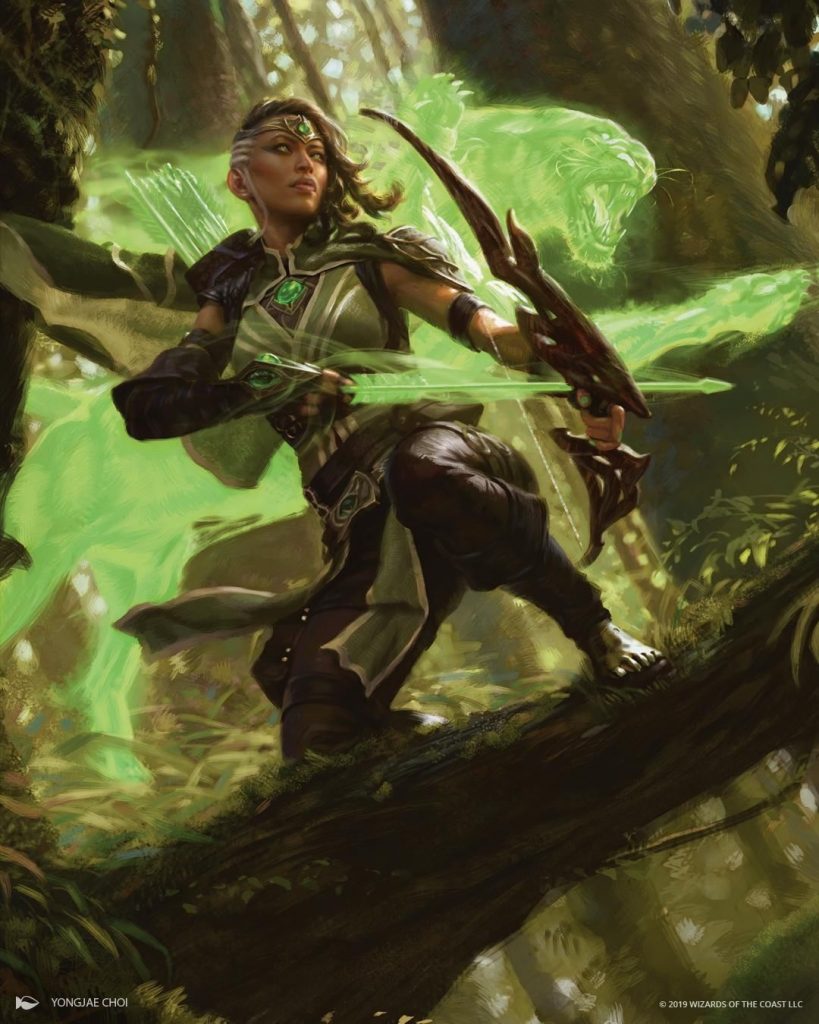
Quick note: If you don’t see the “traditional” tag in front of a game mode or event, it’s going to be BO1. Think Quick and Premier Draft or Brawl.
The main difference between BO1 and BO3 is that BO3 wants you to have a more comprehensive deck. Compared to BO1, traditional matches are much more complex and decks are generally more expensive to craft because of this. You’ll need to include multiple win conditions since you have to be able to deal if your opponent completely counters your strategy in the first game.
Aggro decks are (currently) all the rage in BO1 matches whereas they falter in BO3. This is because “traditional” games revolve around control and high-threat cards. Since your opponent has access to a sideboard in BO3, they can easily pull some board wipes—which they’ll almost certainly have—to stop your aggro deck in games 2 or 3. This also goes for decks with only one win condition: if your opponent knows exactly how you’re planning on winning, it’ll be much easier to counter you if you don’t have a backup plan or two.
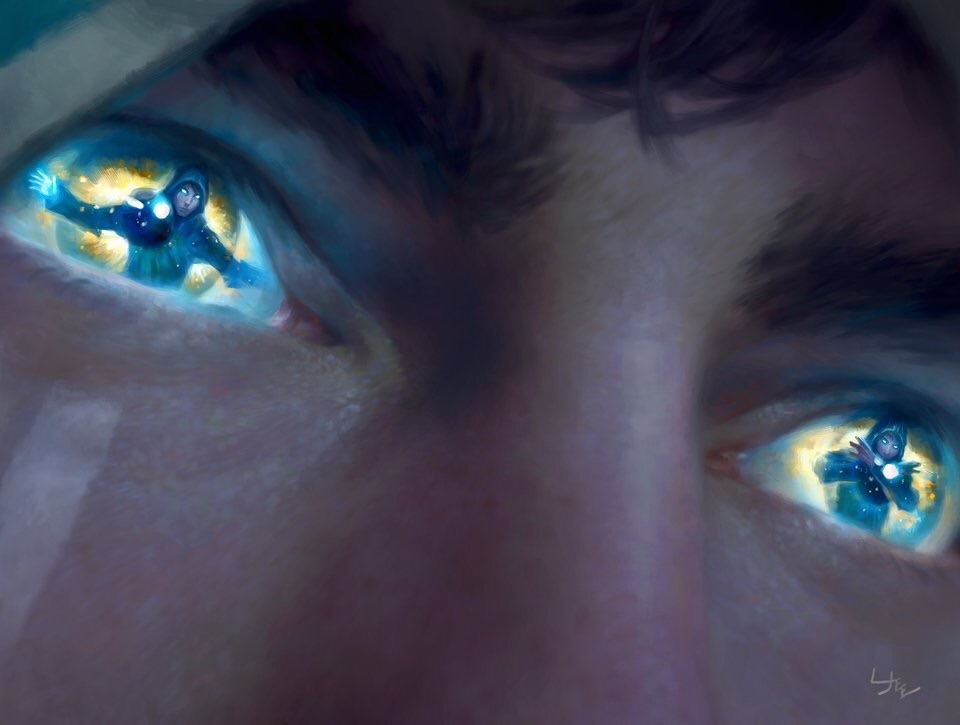
BO1 decks are also generally cheaper to build. You won’t need as many cards since there’s no 15-card sideboard. You can put all your marbles in a single win condition because your opponent will either have a built-in counter to your strategy (which you can’t prevent, sometimes you just face your perfect match in the worst way) or they won’t, and there’s no fiddling to work around them if they don’t.
It’s also more beginner-friendly because of what’s called “hand-smoothing.” This basically helps you draw better hands with a good distribution of lands, spells, and creatures. This was first published in the MTG forum and was meant to improve the game experience. Some may appreciate being shielded from being mana flooded (having too many lands vs spells in hand) or mana screwed (having not enough lands vs spells in hand), but older players can definitely argue that these are just the nature of the game.

OK, I hear all your drafters say, but what about drafts? It gets even more complex on this front. Not only will your card pool will be random, but you’ll also need to strike a certain balance.
BO1 drafts are simpler since you only need to craft a single solid deck, no sideboard needed. But it also means you may need to ignore some very useful cards since they wouldn’t go well with your strategy and established synergy. In BO3, you need to keep the fact that you’ll have multiple strategies to deal with in mind. Our draft article (Theros draft, anyone?) will give you an idea of what you should be trying to do.
Confused by Sideboarding?
If you're overwhelmed at the thought of having to build an extra 15 cards into your deck, plus learning how to swap the cards in and out, it's understandable. The best resource on how to sideboard from beginning to end is this course by Hall of Fame player Seth Manfield:
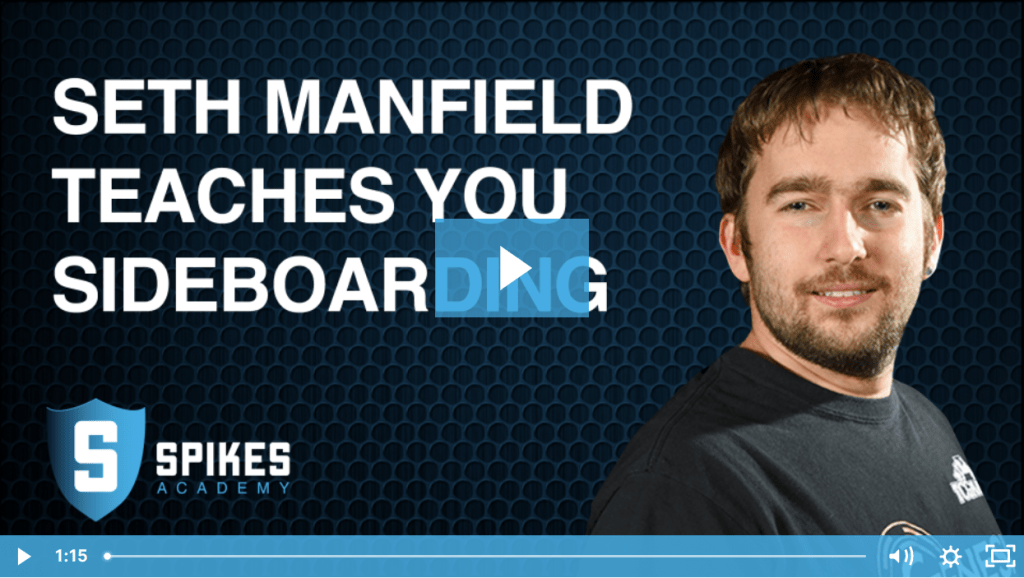
How to Select BO1 or BO3 (Play or Traditional Play)
You can select which style of play you'd like to queue for (BO1 vs. BO3) by flipping a switch when you go to select your game mode and pick your deck. There was previously an “advanced play” toggle that you had to click to see Traditional Play as an option, but that is no longer present.

Simply click the “1” or “3” symbol to swap between game modes! It's that easy.

Time to Wrap Up
MTG has always been a complex game and that’s why it’s managed to keep such long-standing fame, and hold bigger and bigger tournaments.
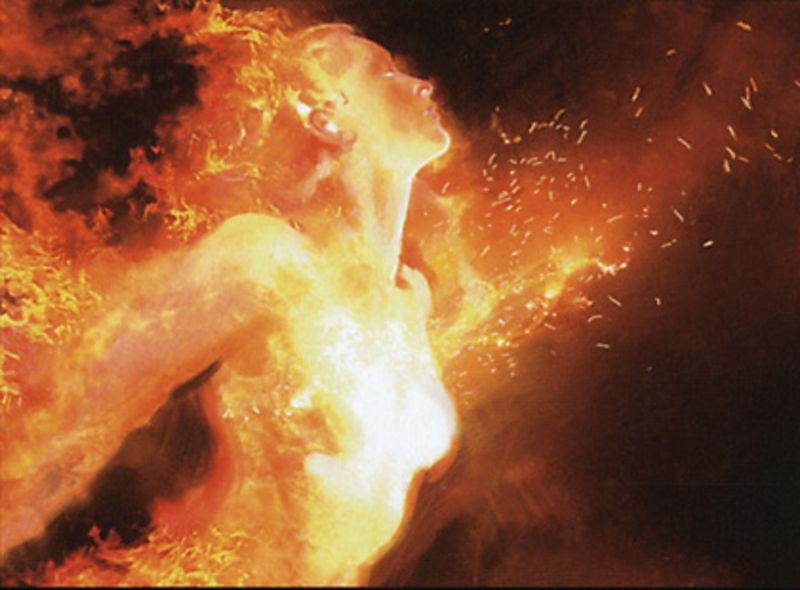
If the game continues to get exponentially more and more fast-paced, would it hurt its essence? Or is it only natural that players want quick games so that they can move on to the next one? Let us know what you think in the comments down there!
Follow Draftsim for awesome articles and set updates: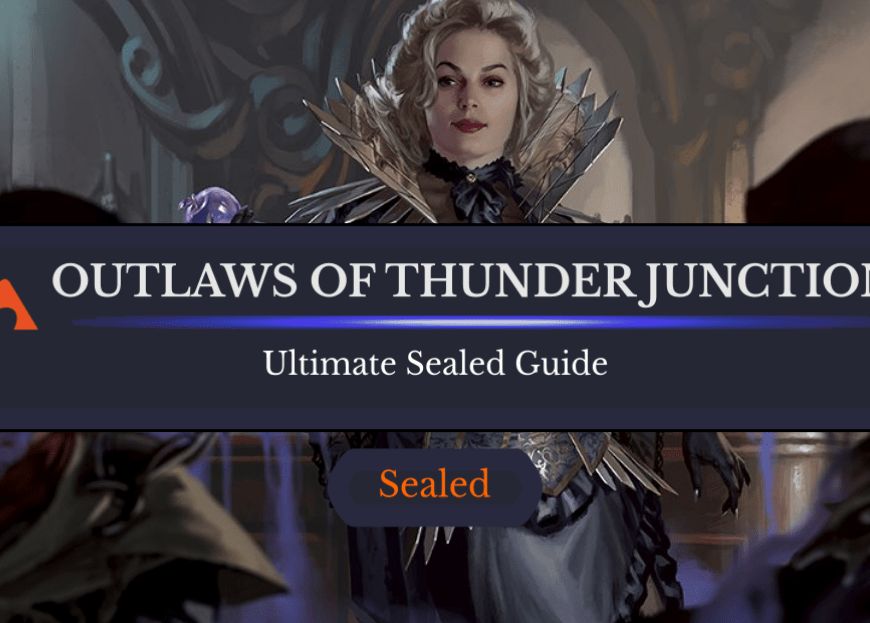

1 Comment
Great article! I’m definitely interested in trying out traditional play in MTG Arena now. Do you have any recommendations for a beginner like me?
Add Comment